Understanding Soft Body Impact Composites in Aircraft Structures
Soft body impact composites are crucial in mitigating the risk of bird strikes, a significant threat to aircraft safety and structural integrity. The impact of birds on aircraft components like wings, empennages, and fuselages can lead to severe damage and costly repairs. To ensure compliance with aviation regulations (FAA, EASA), aircraft manufacturers must design structures capable of resisting bird strikes.
Simulating bird impact events is essential for understanding the complex dynamics involved and developing effective protective measures. This tutorial provides insights into modeling soft bodies like birds, accurately representing materials (metals, composites), and capturing the intricate interactions between impactor and target. By mastering these concepts, engineers can design more resilient aircraft structures that enhance safety and reduce maintenance costs.
This tutorial package offers a comprehensive exploration of soft body impact composites, particularly Fiber Metal Laminates (FML), using Abaqus. It is designed for professionals and students in mechanical and materials engineering, providing both theoretical knowledge and practical skills in finite element modeling (FEM), material behavior, and Python scripting for automation.
The tutorial package delves into the complexities of simulating soft body impact composites like bird strikes and their effects on composite materials. These simulations are essential for industries like aerospace, where materials must meet rigorous impact resistance standards. The course covers the complete workflow of setting up FEM models, assigning material properties, performing impact simulations, and analyzing results, while emphasizing scripting automation through Python.
What You Will Learn from This Package
Participants will gain the following key skills through soft body impact composites tutorial:
- Understanding the principles of soft body impact modeling and the various approaches (Lagrangian, Arbitrary Lagrangian Eulerian, and Smooth Particle Hydrodynamics).
- Knowledge of material models used in soft body impact simulations, including the User Defined Equation of State (UEOS).
- In-depth knowledge of metal and composite material modeling in Abaqus, including the damage and failure criteria of each.
- Experience in automating parametric studies using Python scripting for more efficient simulations.
This package provides a balance between theory and hands-on practice, ensuring users can apply these techniques in real-world scenarios.
Teaching Plan, Prerequisites, and Next Steps
Teaching Plan: The Soft body impact composites tutorial package is divided into three core lessons, each followed by practical workshops:
- Introduction to Soft Body Modeling: Covers the basics of soft body impact simulations, different modeling approaches, and material models.
- Modeling Fiber Metal Laminates: Focuses on the materials used in composites and metals, and their behavior under impact.
- Python Scripting for Parametric Studies: Introduces the basics of Python scripting to automate simulations.
Prerequisites: Users should have a basic understanding of finite element analysis (FEA) and some familiarity with Abaqus software. Basic knowledge of Python programming will be helpful for the scripting section but is not mandatory.
Next Steps: Upon completing this course, participants can expand their simulations by exploring more complex composite materials or applying the techniques learned to different soft body impact scenarios, such as hail or debris impacts.
Package Specification
The tutorial package is structured into lessons that alternate between theoretical discussions and hands-on workshops. Each lesson provides a comprehensive understanding of a key aspect of soft body impact simulation.
Lesson 1: Introduction to Soft Body Modeling
This lesson introduces users to the world of soft body impact composites and the various methods used to model soft bodies in Abaqus. Users will learn:
- What is Soft Body Impact?
- Types of Soft Body Modeling Approaches: Lagrangian, Arbitrary Lagrangian Eulerian (ALE), and Smooth Particle Hydrodynamics (SPH).
- Material Models: Including equations for various material behaviors during impact.
- User Defined Equation of State (UEOS) Material Model: Learn how to define custom material models for soft body simulation.
Workshop 1: Soft Body Modeling and Analysis
In this workshop, users will:
- Describe a problem for soft body impact simulation.
- Model soft bodies in Abaqus, applying the necessary material models.
- Analyze the results, focusing on forces, displacement, and initial damage to the composite structure.
Lesson 2: Modeling in Fiber Metal Laminates
This lesson covers the modeling of Fiber Metal Laminates (FML), the case study in soft body impact composites tutorial.
- Metallic Material Modeling: Understanding the behavior of metals under high-speed impact.
- Composite Material Modeling: Simulating the complex behaviors of composite materials under stress.
- Types of Damage: Including matrix failure, fiber failure, and delamination.
- Failure Criteria and Equations: Learn the equations that govern failure initiation in both metal and composite materials.
Workshop 2: Interaction and Impact Modeling in Fiber Metal Laminates
In this workshop, users will:
- Set up and define material properties for both metallic and composite layers.
- Model interfaces between metal and composite materials and between layers.
- Simulate the interaction between soft bodies and Fiber Metal Laminates (FML) under impact conditions.
- Submit and run the model, analyzing interactions between the materials.
Workshop 3: Post-Processing of Results
This section focuses on analyzing the simulation results, with a focus on:
- Forces and Displacements: How the impact forces affect the composite structure.
- Matrix, Fiber, and Shear Failures: Identifying the types of failures caused by impact.
- Delamination: How layers of composites separate due to soft body impact.
- Energy Dissipation: Understanding how energy is absorbed and dissipated during the impact event.
Lesson 3: Python Scripting for Parametric Study
This lesson introduces Python scripting for parametric simulations, a powerful tool for optimizing soft body impact composites designs. It includes:
- Writing Python Scripts: Step-by-step guide to developing scripts in Abaqus for automating tasks.
- Problem Formulation and Flowchart: Understanding the process of parametric simulation and how to structure your scripts.
- Running Scripts in Abaqus: How to execute scripts and interpret the results.
Workshop 4: Python Scripting for Parametric Study
In this workshop, users will:
- Write and implement Python scripts for parametric studies.
- Analyze how different parameters (such as impact velocity or material thickness) affect the simulation results.
Conclusion and Future Directions
By the end of this tutorial package, users will have acquired the ability to simulate soft body impacts on Fiber Metal Laminates using Abaqus. They will also gain the necessary skills to automate simulations with Python scripting, enabling more efficient and thorough analysis.
Future applications may include simulating different types of soft body impacts or applying these techniques to develop and optimize new composite materials for impact resistance.
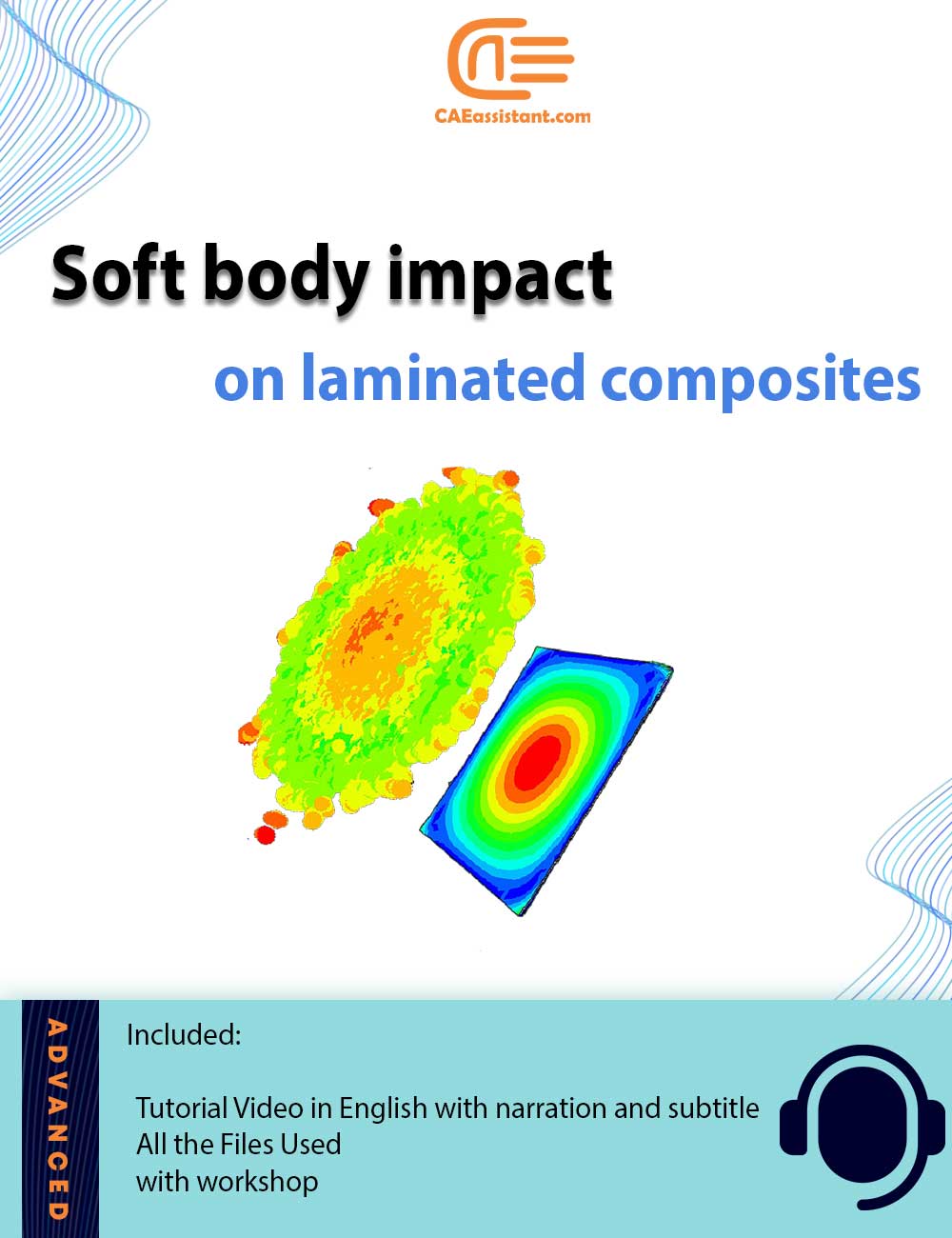
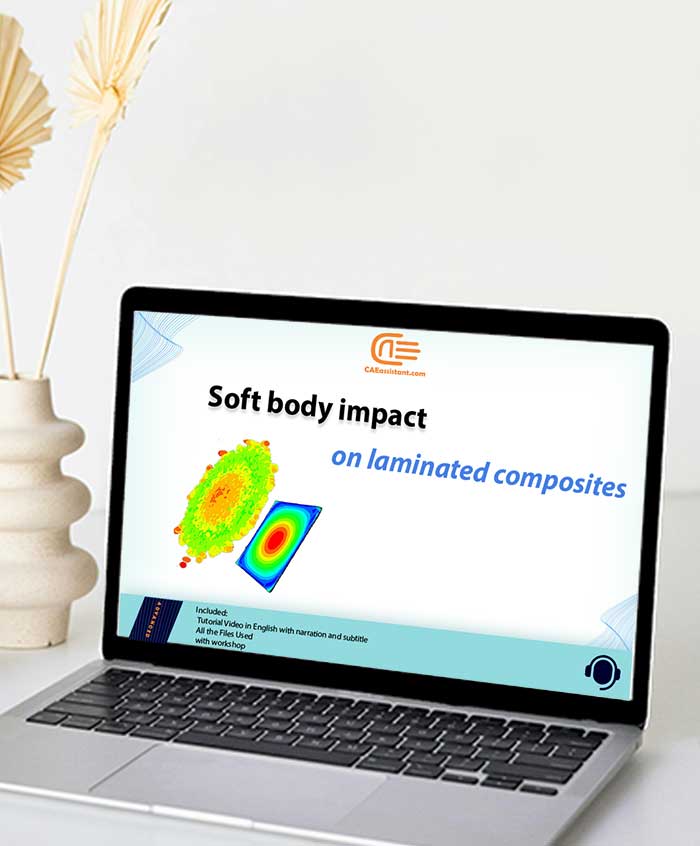
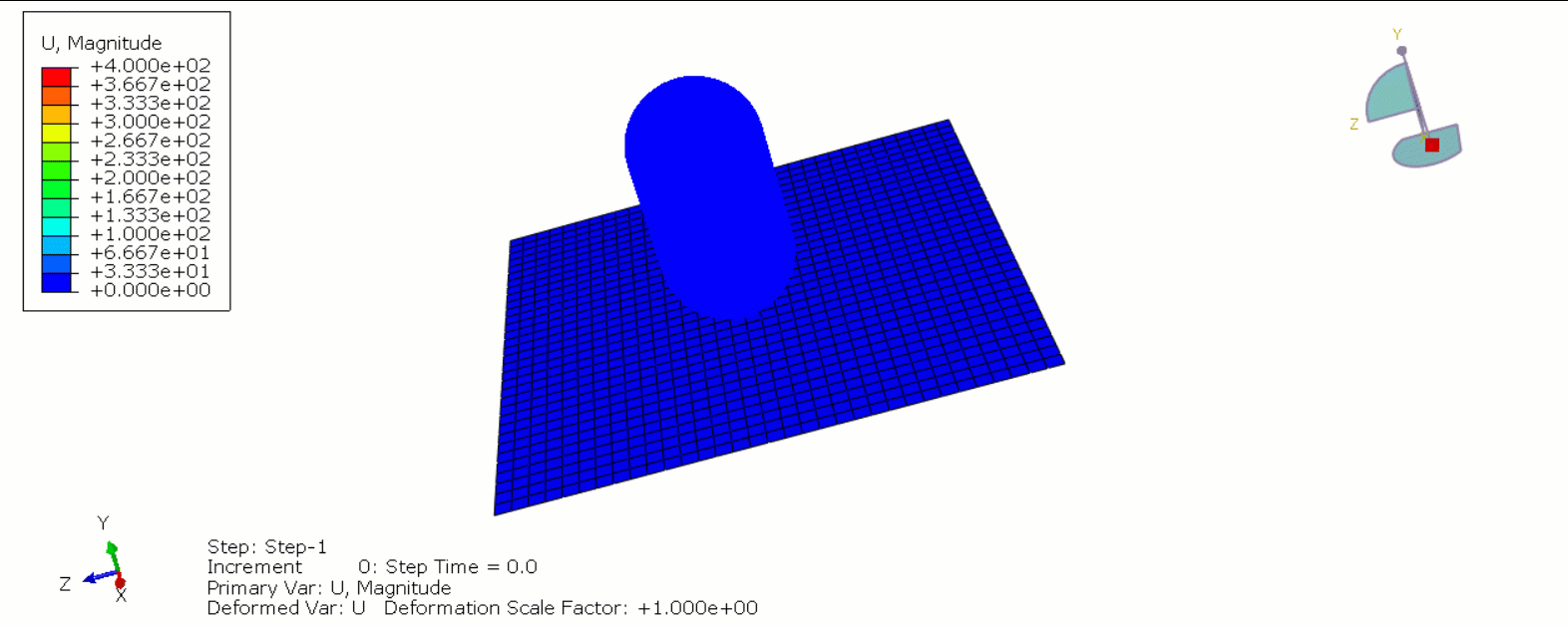
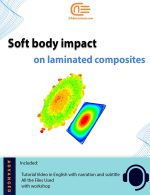
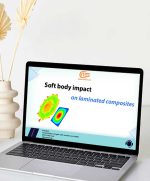


Reviews
There are no reviews yet